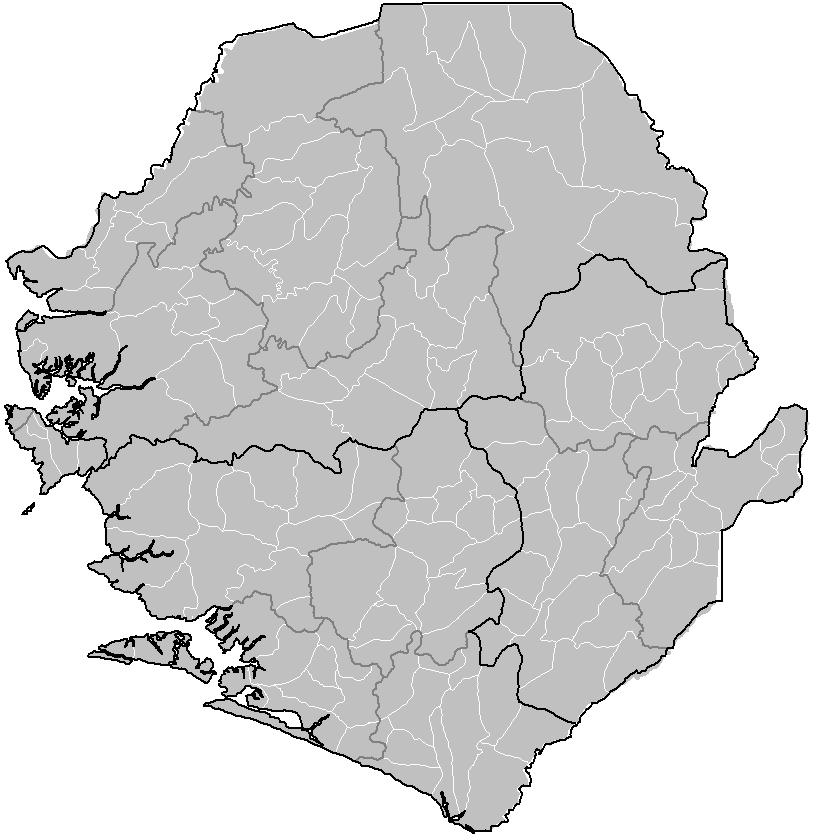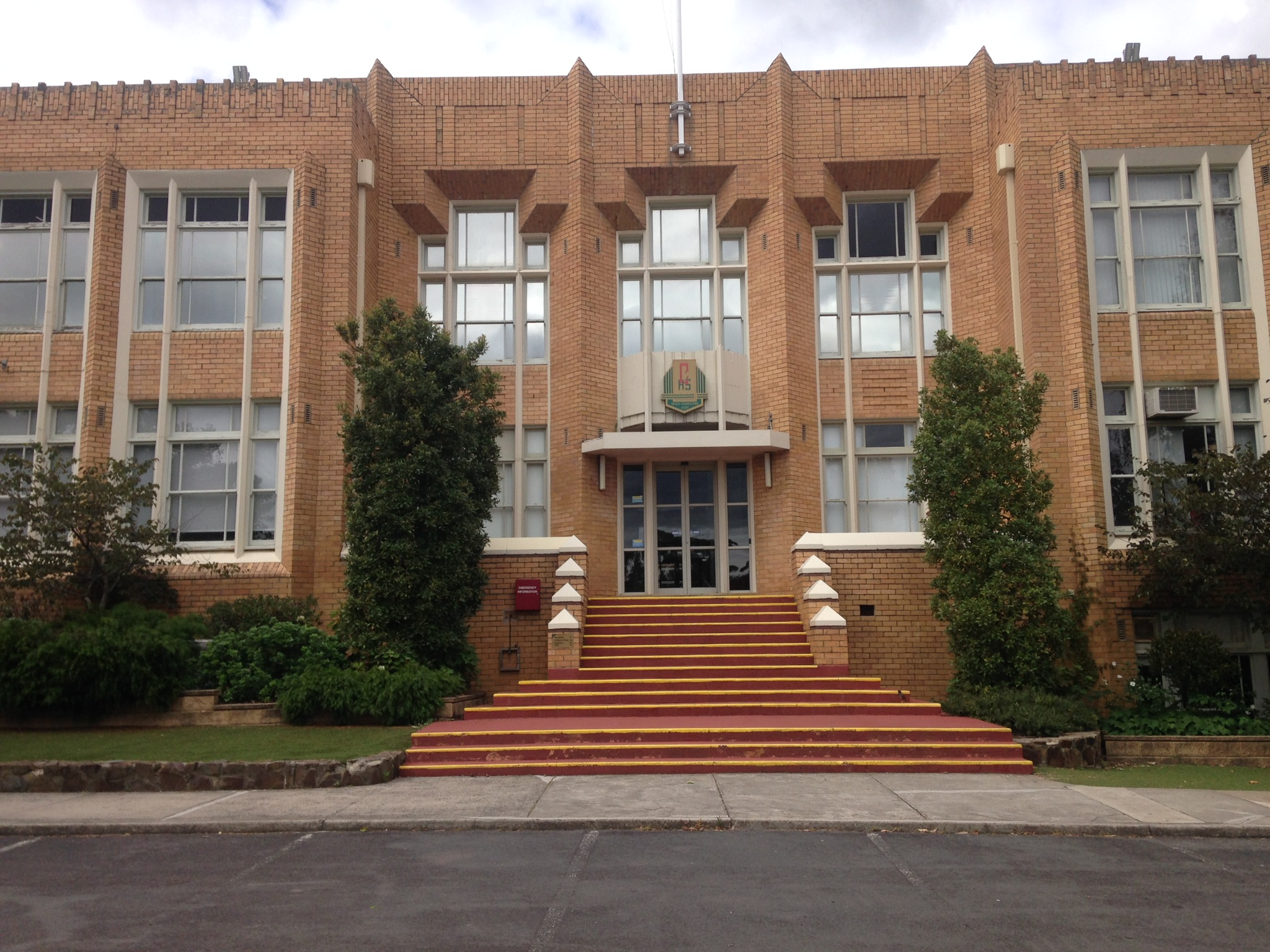|
Kamakwie
Kamakwie is a town in the North West Province of Sierra Leone. Since 2017 Kamakwie is the Capital of the Karene District in Chiefdom Sella Limba. The population of the town as estimated in late 2010, is 8,09 The main economic activities of Kamakwie are trading and farming. The population of Kamakwie is predominantly from the Limba people (Sierra Leone), Limba ethnic groups. Kamakwie is a religiously diverse town as it is home to a large population of both Muslims and Christians. The Christians of Kamakwie are mostly Wesleyan Methodist. Unlike most parts of the North of Sierra Leone, Christian missionaries had large success in converting many local people of Kamakwie into Christianity. As with most parts of Sierra Leone, the Krio language of the Sierra Leone Creole people is the most widely spoken language in Kamakwie. Education Kamakwie has five primary school A primary school (in Ireland, the United Kingdom, Australia, Trinidad and Tobago, Jamaica, and South Afric ... [...More Info...] [...Related Items...] OR: [Wikipedia] [Google] [Baidu] |
Karene District is the predominant majority ethnic group in Karine.
Karene is a district in the North West Province, Sierra Leone. Karine is one of the sixteen districts that make up the Republic of Sierra Leone. The capital and largest city of Karine District is Kamakwie Karine along with Falaba District are the two new districts of Sierra Leone formed in December 2017, after they were ratified by the Sierra Leone Parliament in the government of former president Ernest Bai Koroma The major economic activity in Karine is farming. The Temne people The Temne, also called Atemne, Témené, Temné, Téminè, Temeni, Thaimne, Themne, Thimni, Timené, Timné, Timmani, or Timni, are a West African ethnic group, They are predominantly found in the Northern Province of Sierra Leone. References North West Province, ...[...More Info...] [...Related Items...] OR: [Wikipedia] [Google] [Baidu] |
Sella Limba
Sella Limba is a chiefdom of Bombali District in the Northern Province of Sierra Leone. The principal town lies at Kamakwie Kamakwie is a town in the North West Province of Sierra Leone. Since 2017 Kamakwie is the Capital of the Karene District in Chiefdom Sella Limba. The population of the town as estimated in late 2010, is 8,09 The main economic activities of Kamakwi .... As of 2004 the chiefdom has a population of 52,579. References Chiefdoms of Sierra Leone Northern Province, Sierra Leone {{SierraLeone-geo-stub ... [...More Info...] [...Related Items...] OR: [Wikipedia] [Google] [Baidu] |
Districts Of Sierra Leone
The provinces of Sierra Leone are divided into 16 districts, as of July 2017. Previously, the country was divided into 14 districts. The Western Area is divided into two districts. Sierra Leone's capital Freetown is located in the Western Area of the country and its makes up the Western Area Urban District. One traditional leader from each district occupies a seat in Sierra Leone's parliament. Each one of Sierra Leone's sixteen administrative districts (with the exception of the Western Area Urban District) is governed by a directly elected district council headed by a council chairman. The national capital Freetown, which makes up the Western Area Urban District, and the other is the Western Area Rural with a main town known as Waterloo, is governed by a directly elected city council headed by a mayor. The districts are further divided into a total of 190 (prior to 2017, 149) chiefdoms, whose elected leaders provided most of local government from 1896 to 2004, when they were s ... [...More Info...] [...Related Items...] OR: [Wikipedia] [Google] [Baidu] |
Chiefdoms Of Sierra Leone
The chiefdoms of Sierra Leone are the third-level units of administration in Sierra Leone. There are 190 chiefdoms in Sierra Leone, as of 2017. Previously, there were 149. History and organisation The paramount chiefs and the ruling families in the chiefdoms were recognised and empowered by the British colonial administration when it organised the Protectorate of Sierra Leone in 1896. Tristan Reed and James A. Robinson, ''The Chiefdoms of Sierra Leone'' ''Scholar'', Harvard University, 15 July 2013, Document available online, accessed 30 April 2014 Typically, chiefs have the power to "raise taxes, control the judicial system, and allocate land, the most important resource in rural areas." The hereditary paramount chiefs and their sub-chie ... [...More Info...] [...Related Items...] OR: [Wikipedia] [Google] [Baidu] |
Limba People (Sierra Leone)
The Limba people are the third largest ethnic group in Sierra Leone. They represent 12.4% of Sierra Leone's total population (792,190 members). They are based in the north of the country across seven provinces, comprising about 12% of the national populations. They’re predominantly found in the Sierra Leone, Northern Province of Sierra Leone. The Limba are believed to be the earliest indigenous peoples, indigenous people of Sierra Leone. The Limba may be the oldest inhabitants of Sierra Leone. They speak a distinctive language that is unrelated to the other languages in Sierra Leone. This is borne out of a lack of myth in Limba folklore explaining how they came to arrive in the land and because of significant linguistic differences between Limba and other tongues. They are primarily found in the Northern Province, particularly in Bombali District, Koinadugu, Kambia District, Karene District and Tonkolili District but a small number are found in Guinea. During Sierra ... [...More Info...] [...Related Items...] OR: [Wikipedia] [Google] [Baidu] |
Flag Of Sierra Leone
The national flag of Sierra Leone is a tricolour consisting of three horizontal green, white and blue bands. It was adopted in 1961, Sierra Leone's independence year, to replace the British Blue Ensign defaced with the arms of the Crown Colony of Sierra Leone. History The British first arrived in what is now modern-day Sierra Leone in 1787, when philanthropists and abolitionists acquired of land situated close to Bunce Island for freed slaves. The site of the settlement is where Freetown is now located. It became a crown colony of the United Kingdom within its colonial empire in 1808, Colony of Sierra Leone. Under colonial rule, Sierra Leone used the British Blue Ensign and defaced it with the arms of the territory. The emblem of Sierra Leone at the time consisted of a circle depicting an elephant, an oil palm tree and mountains, along with the letters "S.L." standing for the initials of the territory's name. Other than the initials, the rest of the emblem's design ... [...More Info...] [...Related Items...] OR: [Wikipedia] [Google] [Baidu] |
Christianity
Christianity is an Abrahamic monotheistic religion based on the life and teachings of Jesus of Nazareth Jesus, likely from he, יֵשׁוּעַ, translit=Yēšūaʿ, label=Hebrew/Aramaic ( AD 30 or 33), also referred to as Jesus Christ or Jesus of Nazareth (among other names and titles), was a first-century Jewish preacher and religious .... It is the Major religious groups, world's largest and most widespread religion with roughly 2.38 billion followers representing one-third of the global population. Its adherents, known as Christians, are estimated to make up a majority of the population in Christianity by country, 157 countries and territories, and believe that Jesus in Christianity, Jesus is the Son of God (Christianity), Son of God, whose coming as the Messiah#Christianity, messiah was Old Testament messianic prophecies quoted in the New Testament, prophesied in the Hebrew Bible (called the Old Testament in Christianity) and chronicled in the New Testamen ... [...More Info...] [...Related Items...] OR: [Wikipedia] [Google] [Baidu] |
Secondary School
A secondary school describes an institution that provides secondary education and also usually includes the building where this takes place. Some secondary schools provide both '' lower secondary education'' (ages 11 to 14) and ''upper secondary education'' (ages 14 to 18), i.e., both levels 2 and 3 of the ISCED scale, but these can also be provided in separate schools. In the US, the secondary education system has separate middle schools and high schools. In the UK, most state schools and privately-funded schools accommodate pupils between the ages of 11–16 or 11–18; some UK private schools, i.e. public schools, admit pupils between the ages of 13 and 18. Secondary schools follow on from primary schools and prepare for vocational or tertiary education. Attendance is usually compulsory for students until age 16. The organisations, buildings, and terminology are more or less unique in each country. Levels of education In the ISCED 2011 education scale levels 2 and ... [...More Info...] [...Related Items...] OR: [Wikipedia] [Google] [Baidu] |
Primary School
A primary school (in Ireland, the United Kingdom, Australia, Trinidad and Tobago, Jamaica, and South Africa), junior school (in Australia), elementary school or grade school (in North America and the Philippines) is a school for primary education of children who are four to eleven years of age. Primary schooling follows pre-school and precedes secondary schooling. The International Standard Classification of Education considers primary education as a single phase where programmes are typically designed to provide fundamental skills in reading, writing, and mathematics and to establish a solid foundation for learning. This is ISCED Level 1: Primary education or first stage of basic education.Annex III in the ISCED 2011 English.pdf Navigate to International Standard Classification of Educati ... [...More Info...] [...Related Items...] OR: [Wikipedia] [Google] [Baidu] |
Salone Messenger Took Photos Of Children In Karene District Of SlumAid And We Yone Child Fpundation Donation
Sierra Leone,)]. officially the Republic of Sierra Leone, is a country on the southwest coast of West Africa. It is bordered by Liberia to the southeast and Guinea surrounds the northern half of the nation. Covering a total area of , Sierra Leone has a tropical climate, with diverse environments ranging from savanna to rainforests. The country has a population of 7,092,113 as of the 2015 census. The capital and largest city is Freetown. The country is divided into five administrative regions, which are subdivided into Districts of Sierra Leone, 16 districts. Sierra Leone is a constitutional republic with a unicameral parliament and a directly elected executive president, president serving a five-year term with a maximum of two terms. The current president is Julius Maada Bio. Sierra Leone is a Secular state, secular nation with Constitution of Sierra Leone, the constitution providing for the separation of state and religion and freedom of conscience (which includes freedom of ... [...More Info...] [...Related Items...] OR: [Wikipedia] [Google] [Baidu] |
Sierra Leone Creole People
The Sierra Leone Creole people ( kri, Krio pipul) are an ethnic group of Sierra Leone. The Sierra Leone Creole people are lineal descendant, descendants of freed African-American, Afro-Caribbean, and Liberated African slaves who settled in the Western Area of Sierra Leone between 1787 and about 1885. The colony was established by the British, supported by abolitionists, under the Sierra Leone Company as a place for freedmen. The settlers called their new settlement Freetown. Originally published by Longman & Dalhousie University Press (1976). Today, the Sierra Leone Creoles are 1.2 percent of the population of Sierra Leone. Like their Americo-Liberian neighbours and sister ethnic group in Liberia, the Creoles of Sierra Leone have varying degrees of European ancestry.Colonial Office Brief: CO554/2884, Note on the Attorney General's 'Note of the Supreme Court Judgement', 10 August 1960, ''op.cit.'' In Sierra Leone, some of the settlers intermarried with English colonial resident ... [...More Info...] [...Related Items...] OR: [Wikipedia] [Google] [Baidu] |



